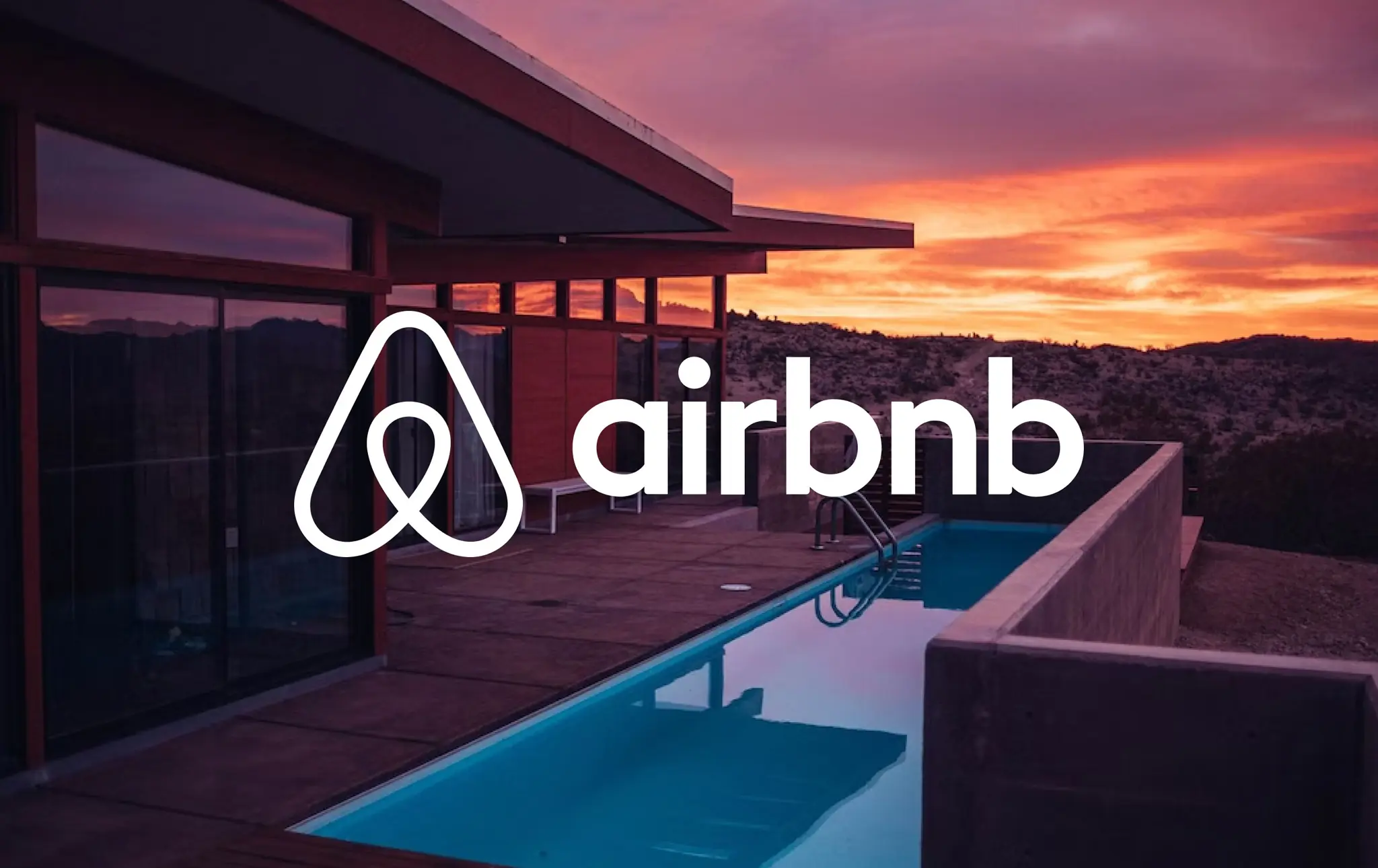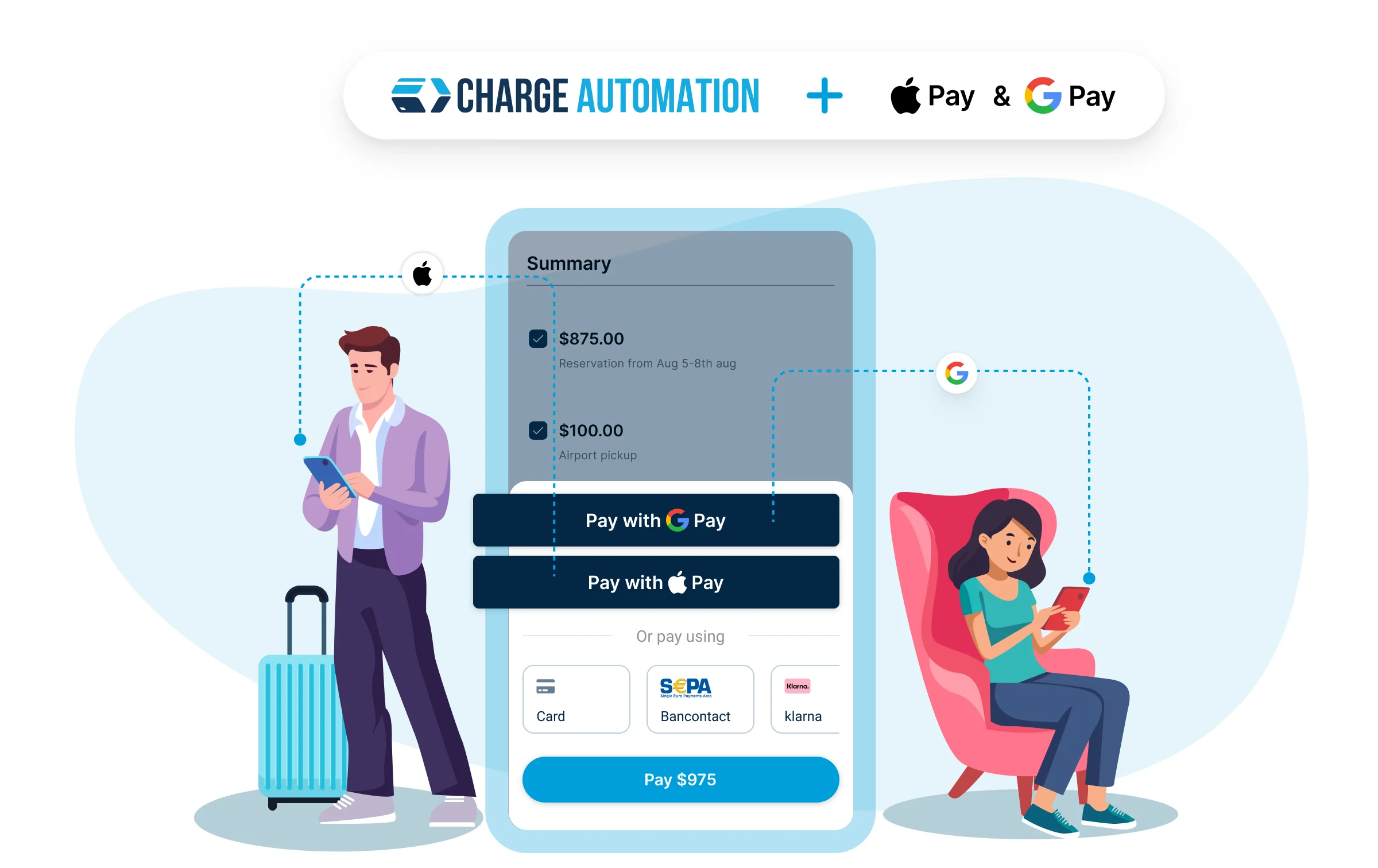You’ve heard about the term “revenue management” before. EHL Insights defines it as “the science of maximizing revenue through the strategic and tactical management of room rates, hotel inventory, and guest demand.”
There are over 130,000 hotels and motels in the United States alone. All of them suffered during the pandemic. To recoup possesses caused by the pandemic and gain a competitive edge, hotels are turning to stay extensions as a way to increase revenue.
Extended hotel stays allow hotels to increase their revenue without raising room rates.
In this guide, we’ll discuss:
- What an extended hotel stay is
- How to price an extended hotel stay properly
- What you need to do to make it work for you
Without further ado, let’s dive into it.
What Are Stay Extensions?
A stay extension is exactly what it sounds like: an extension of a hotel stay. Typically, a stay extension is offered to guests who are already staying at the hotel and are looking to extend their stay.
In recent years, stay extensions of longer periods have become more popular, as guests want to enjoy more flexibility and hotels want to increase their revenue.
All of this sounds like a great idea, right? Your guests want to stay a few extra days. You help them out. And you even make some money in the process. Everybody wins, right?
Sure, but there are a few things you need to consider before offering stay extensions, such as:
- What is the right price for a stay extension?
- What type of stay extension should you offer?
- How do you go about automating the process?
Stay Extension Pricing
Pricing a stay extension correctly ensures you’re not leaving money on the table. After all, if you charge too little, you’re not going to make a profit. On the other hand, if you charge too much, your guests might not be interested.
The key to finding the sweet spot is to consider your guests’ value. For example, if they’re extending their stay by three days, what’s the value of those three days?
You also need to consider the type of room they’re staying in. If it’s a suite, you can charge more than if it’s a standard room.
Finally, you need to think about the season. High-season rates will be higher than low-season rates – simple enough.
Late Departure Pricing
Now, late departure refers to guests who want to stay longer but not necessarily extend their entire stay.
How expensive you make a late departure mainly depends on alternatives available to your guests. For example, if there are plenty of other hotels in the area, you can’t charge as much for a late departure.
But if your hotel is the only one in town or if there are very few alternative options, you can charge a premium.
Early Arrival Pricing
Then, you have early arrivals when guests want to arrive earlier than the standard check-in time. Early arrivals have a lot of value because they allow you to use the room sooner.
Pricing early arrivals low could result in a lot of early check-ins, which could put a strain on your staff. And that’s not good for business.
You also need to consider how much time the guest will arrive early. You might not want to change anything if it’s only a few hours. If it’s a full day, you can charge a premium.
Flat vs. Dynamic Pricing
Now that we’ve looked at the different stay extensions let’s consider how you can price them. There are two main types of pricing: flat and dynamic.
With a flat rate, you charge the same price for a stay extension, regardless of when it’s booked.
For example, if your nightly rate is $200, you might charge a flat rate of $150 per night for a stay extension.
The advantage of this pricing strategy is that it’s easy to understand and predict. Your guests know exactly how much they’ll be paying, and you know exactly how much revenue you’ll be generating.
On the other hand, dynamic pricing is constantly changing based on factors such as demand, seasonality, and occupancy.
For example, let’s say you have a room that usually costs $200 per night. If there’s high demand, you might charge $250 per night. If there isn’t such a great demand for it, you might charge some closer to $150 a night.
The biggest advantage of dynamic pricing is that you can maximize your revenue. The downside, however, is that it can be more difficult to predict and manage.
Which pricing strategy is right for you? That depends on your business. A flat rate might be easier to manage if you’re just starting out. As you get more experience, you can switch to dynamic pricing.
Automation Brings Peace of Mind
Today’s guests appreciate convenience above all else. They want to be able to book their stay, extend their stay, and make payments – all without having to talk to anyone.
That’s where automation comes in.
With ChargeAutomation, you can offer your guests the convenience they crave and the peace of mind you need.
ChargeAutomation allows you to collect the information you need from your guests, including their contact information, reservation details, and payment information.
You can also use the platform to upsell your guests on additional services, such as early check-in, late check-out, and room upgrades. ChargeAutomation has helped hotel owners to improve guest satisfaction rates and drive revenue by $25 per room per booking.
Boost Your Bottom Line with Stay Extensions
There’s no doubt about it: extended hotel stay is a great way to boost your bottom line. In a time of low demand and low occupancy, hotel owners need to look at what they already have and how they can make the most of it.
By understanding the different types of stay extensions and how to price them, you can ensure that you’re maximizing your revenue and driving more business to your hotel.
Stay extensions are a great way to increase your revenue, but only if they’re executed and priced correctly. With ChargeAutomation, you can streamline the process and make sure that your guests are happy.
Browse our site, or sign up today and ensure that your bottom line is healthy.






